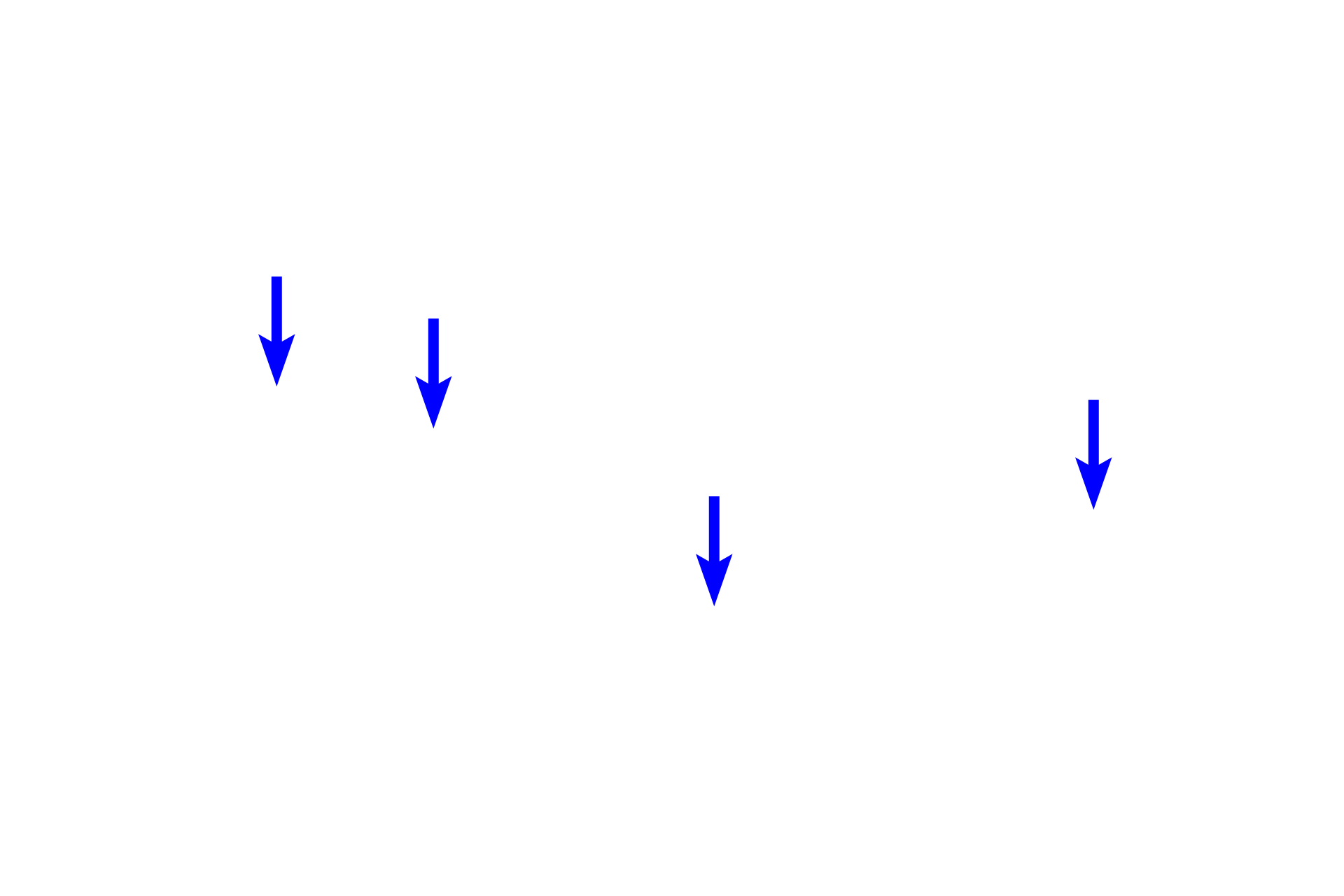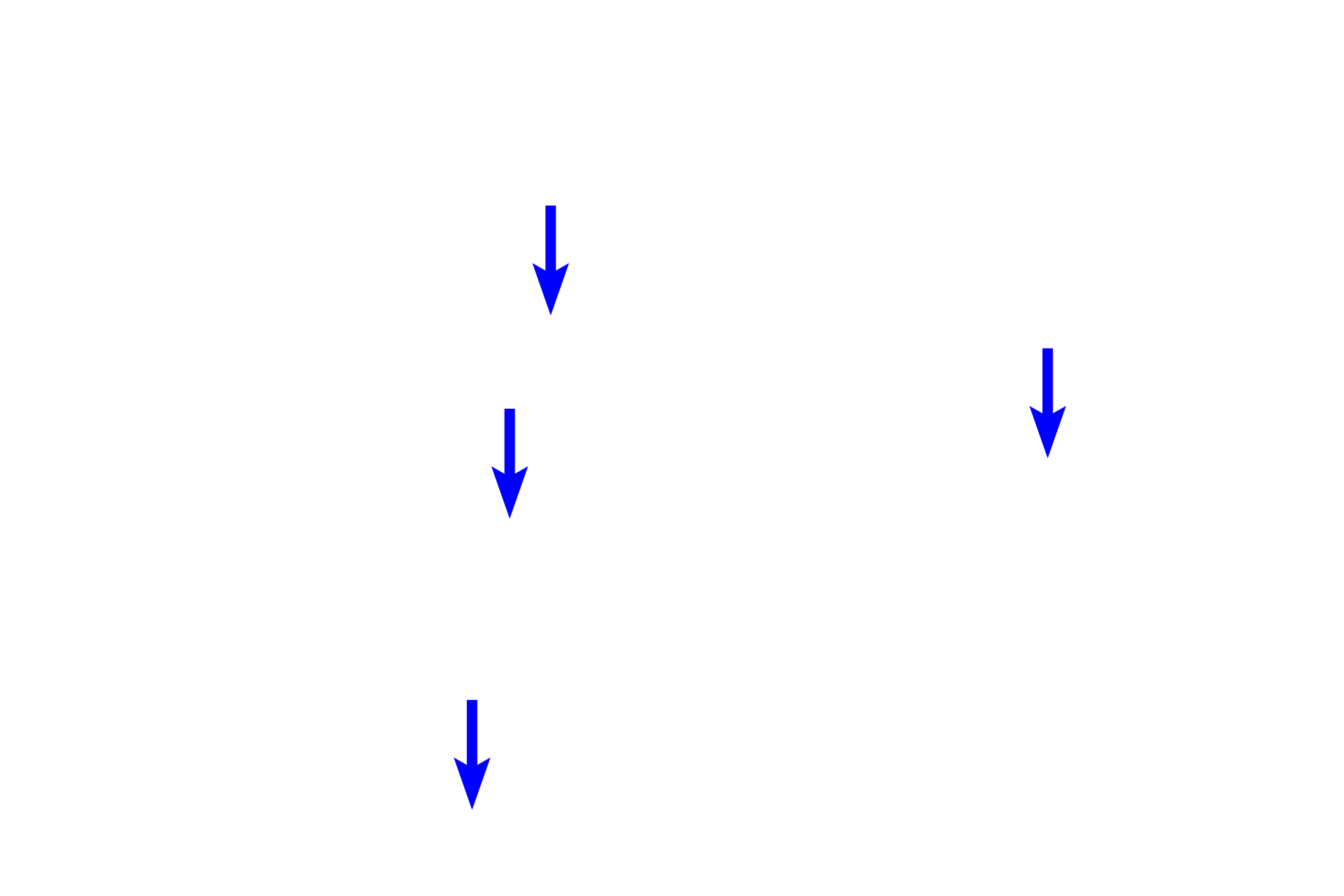
Oligodendrocytes
Interfascicular oligodendrocytes, the second type, form the myelin sheath around axons in the CNS. Oligodendrocytes have small, dark nuclei compared with the larger, paler nuclei of fibrous astrocytes; the processes of both cells are not seen with routine staining. 1000x

Oligodendrocytes >
An oligodendrocyte forms multiple internodal segments of myelin on multiple axons, in contrast to a Schwann cell which forms only one internode on one axon. Myelin in the CNS forms in an analogous fashion to that in the PNS, forming concentric wrappings around the axon.

Astrocytes
Interfascicular oligodendrocytes, the second type, form the myelin sheath around axons in the CNS. Oligodendrocytes have small, dark nuclei compared with the larger, paler nuclei of fibrous astrocytes; the processes of both cells are not seen with routine staining. 1000x

Myelinated axons
Interfascicular oligodendrocytes, the second type, form the myelin sheath around axons in the CNS. Oligodendrocytes have small, dark nuclei compared with the larger, paler nuclei of fibrous astrocytes; the processes of both cells are not seen with routine staining. 1000x